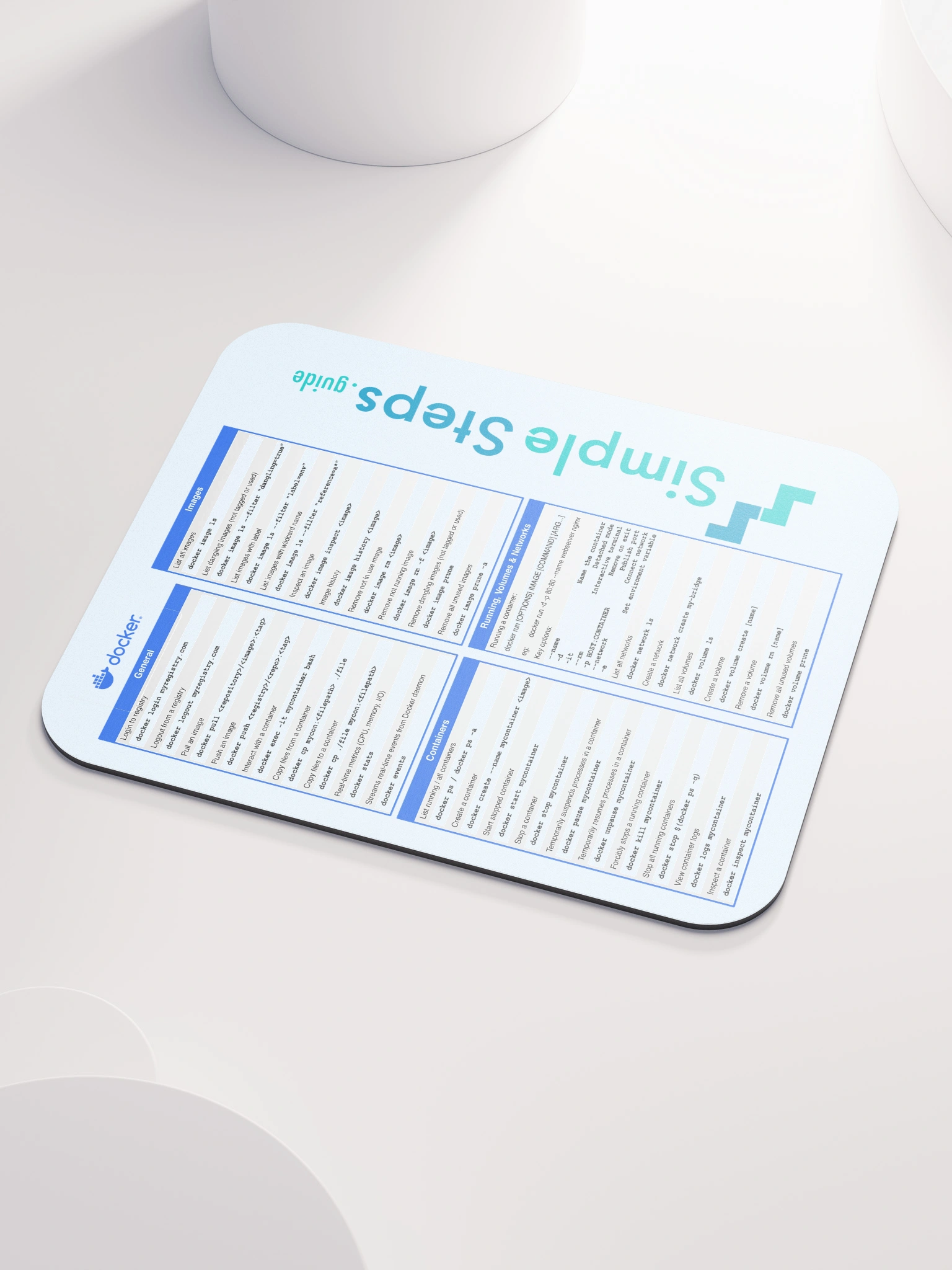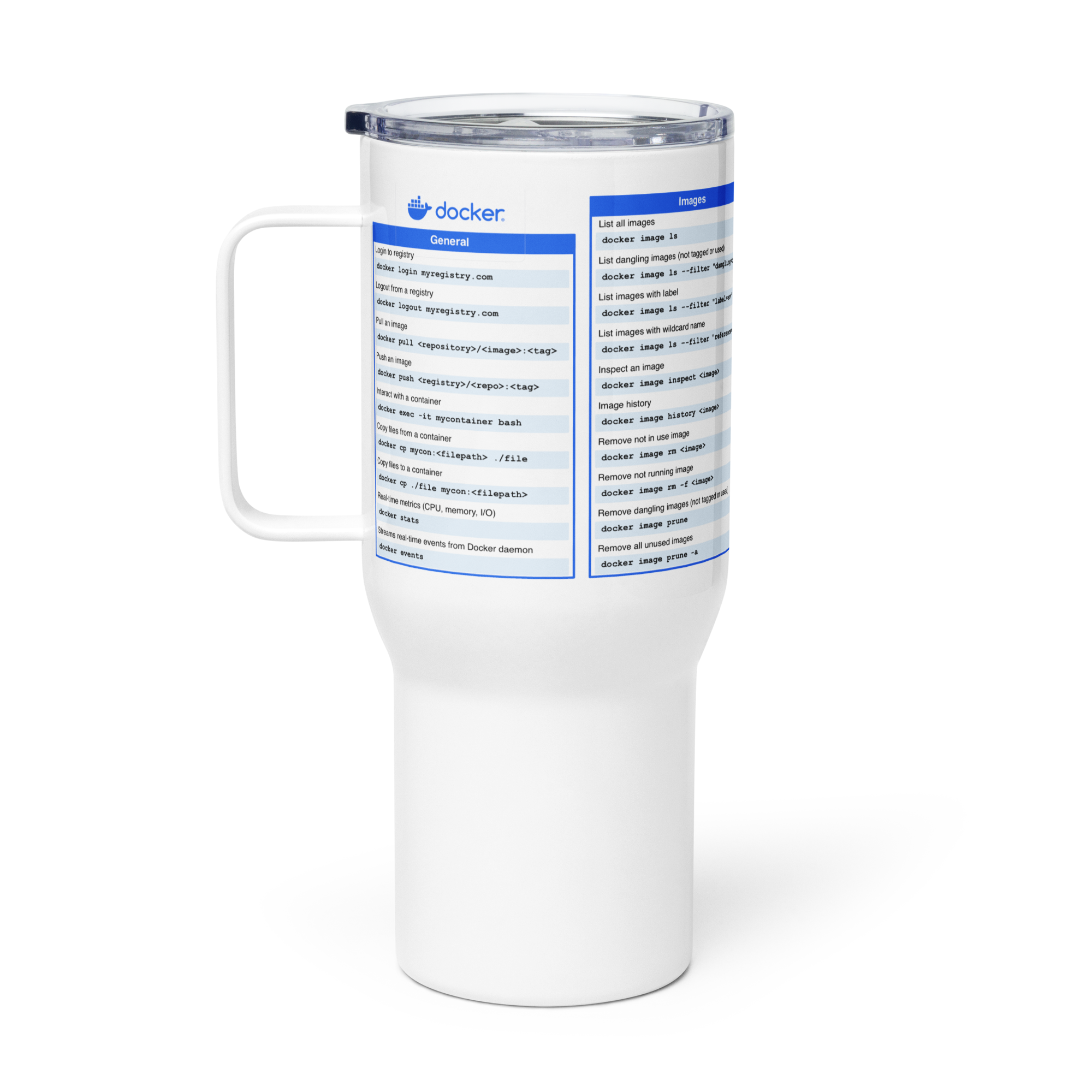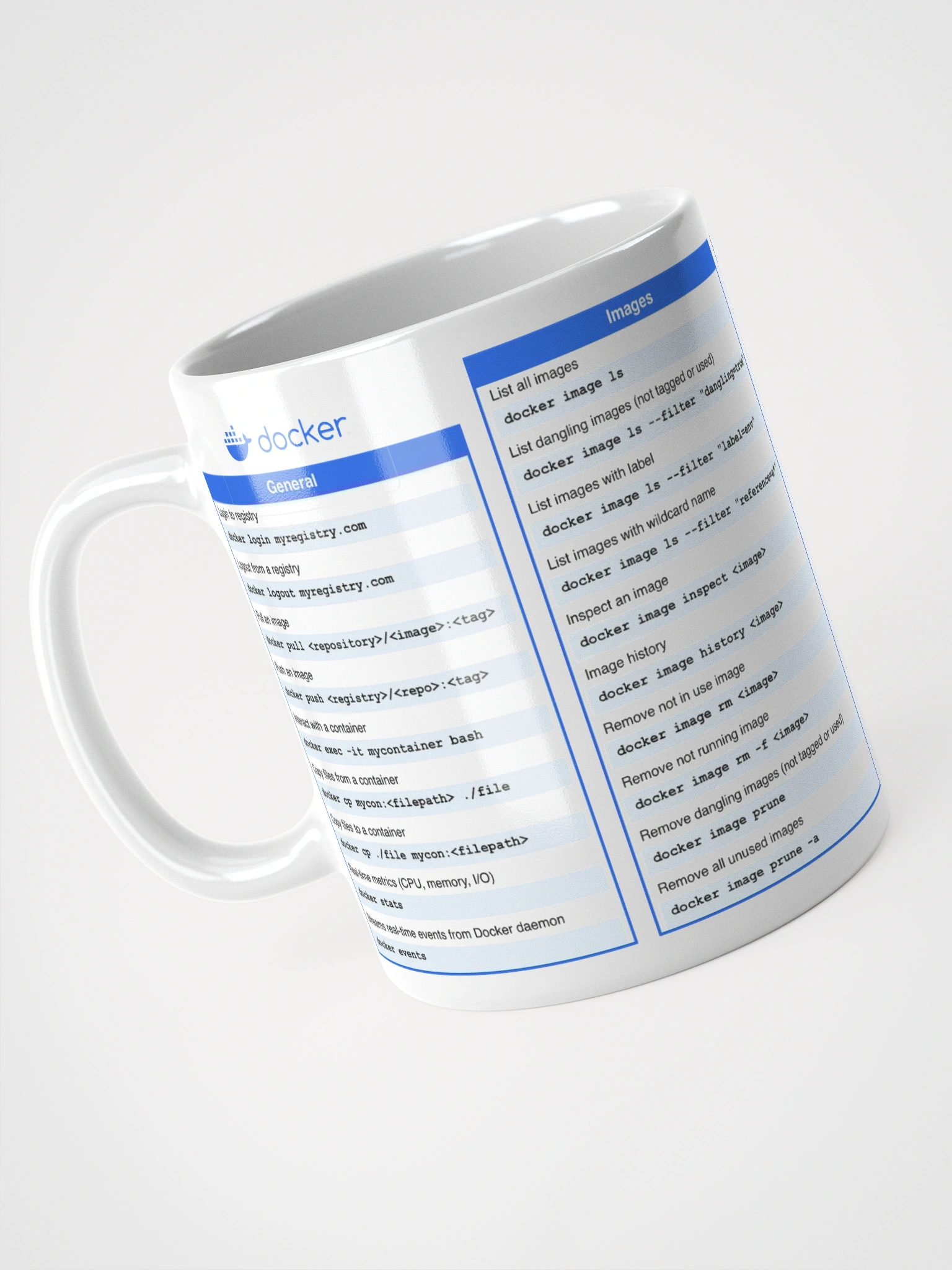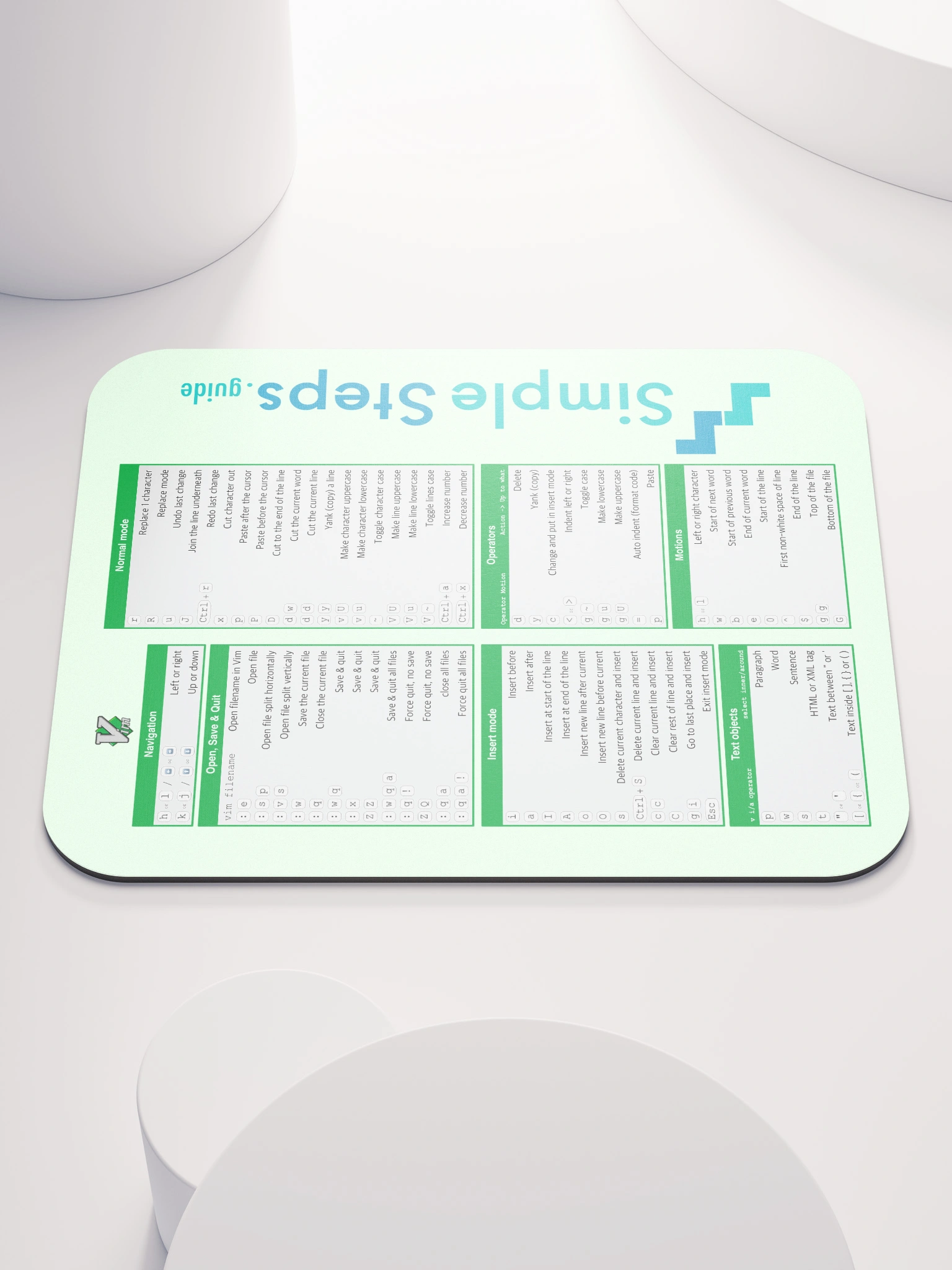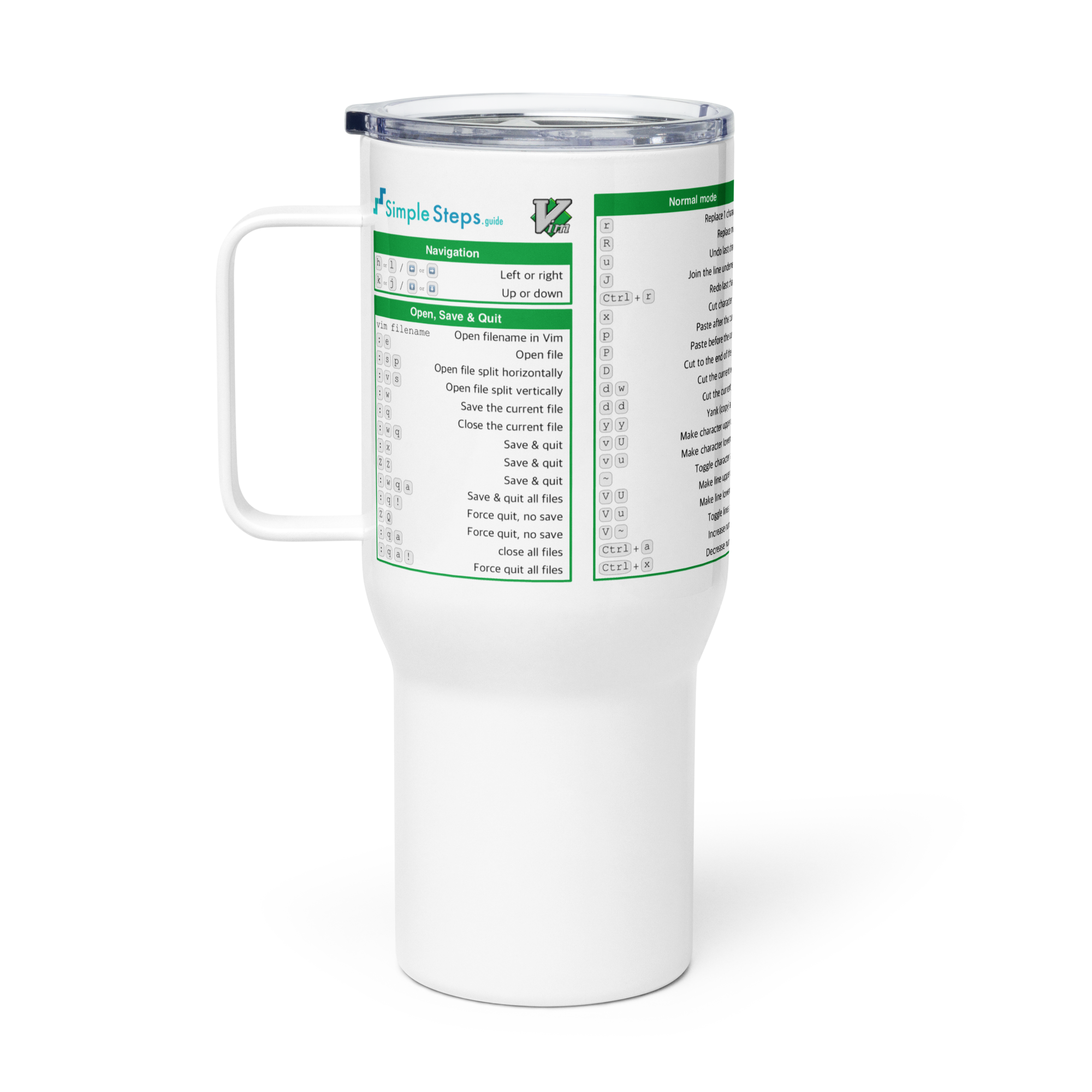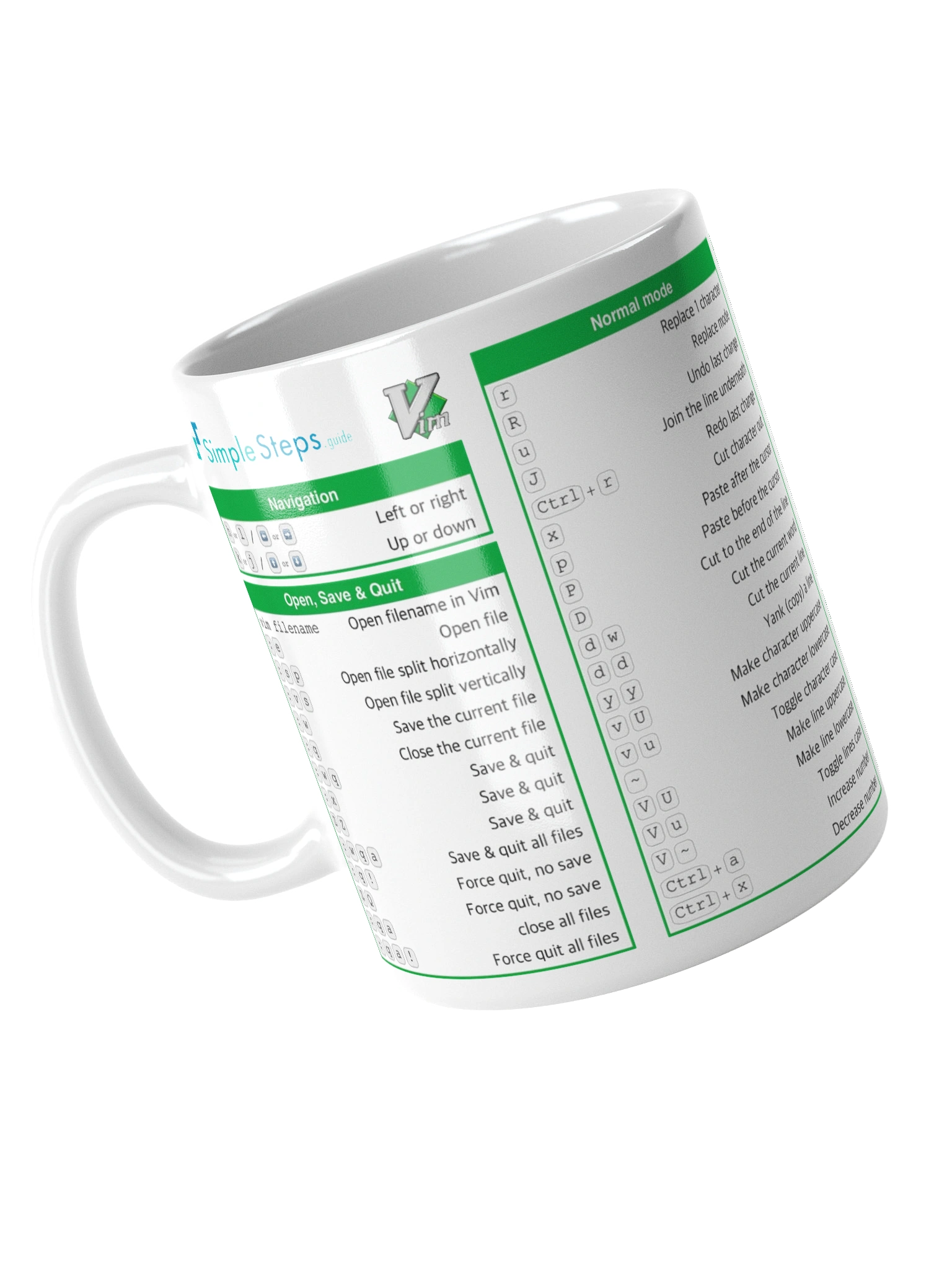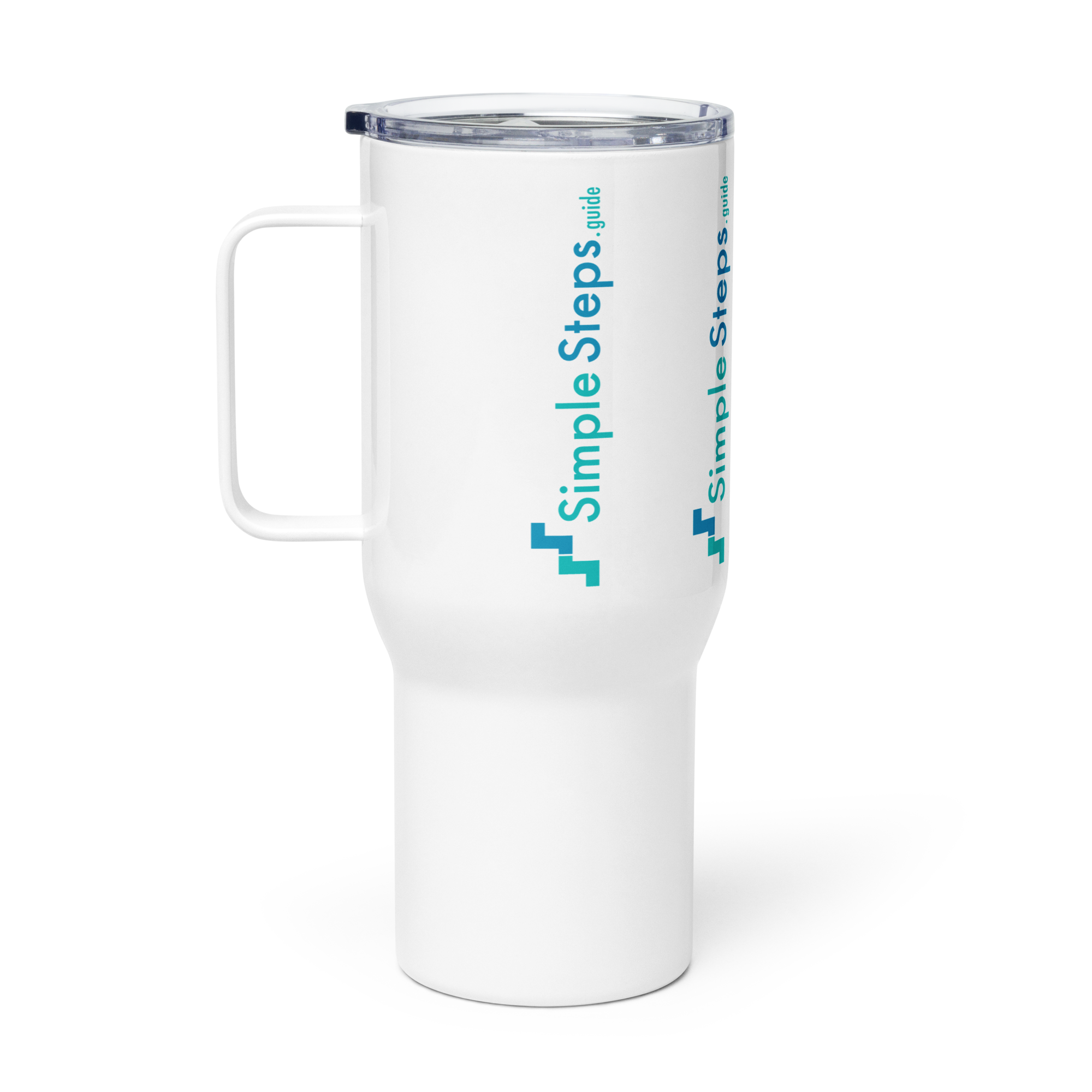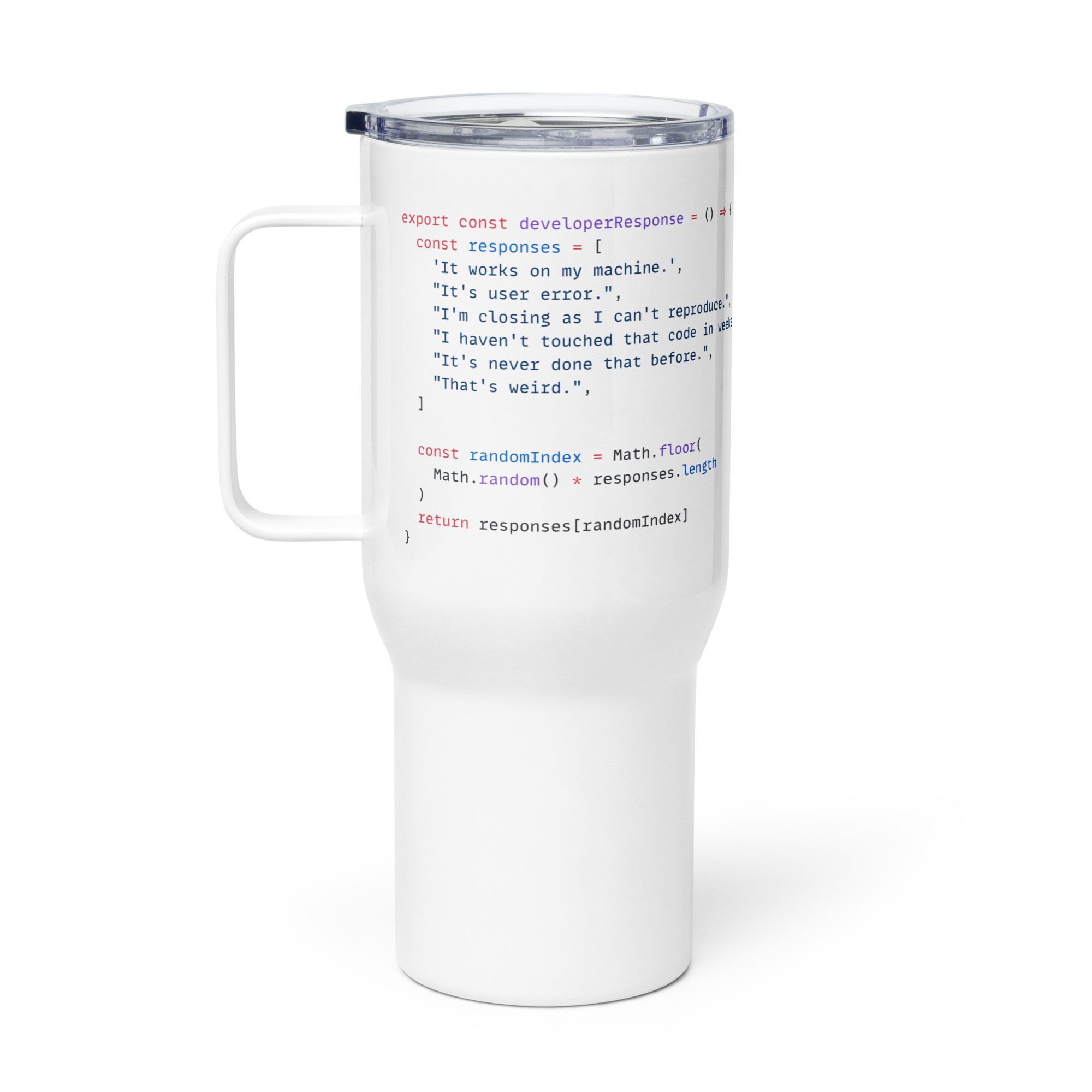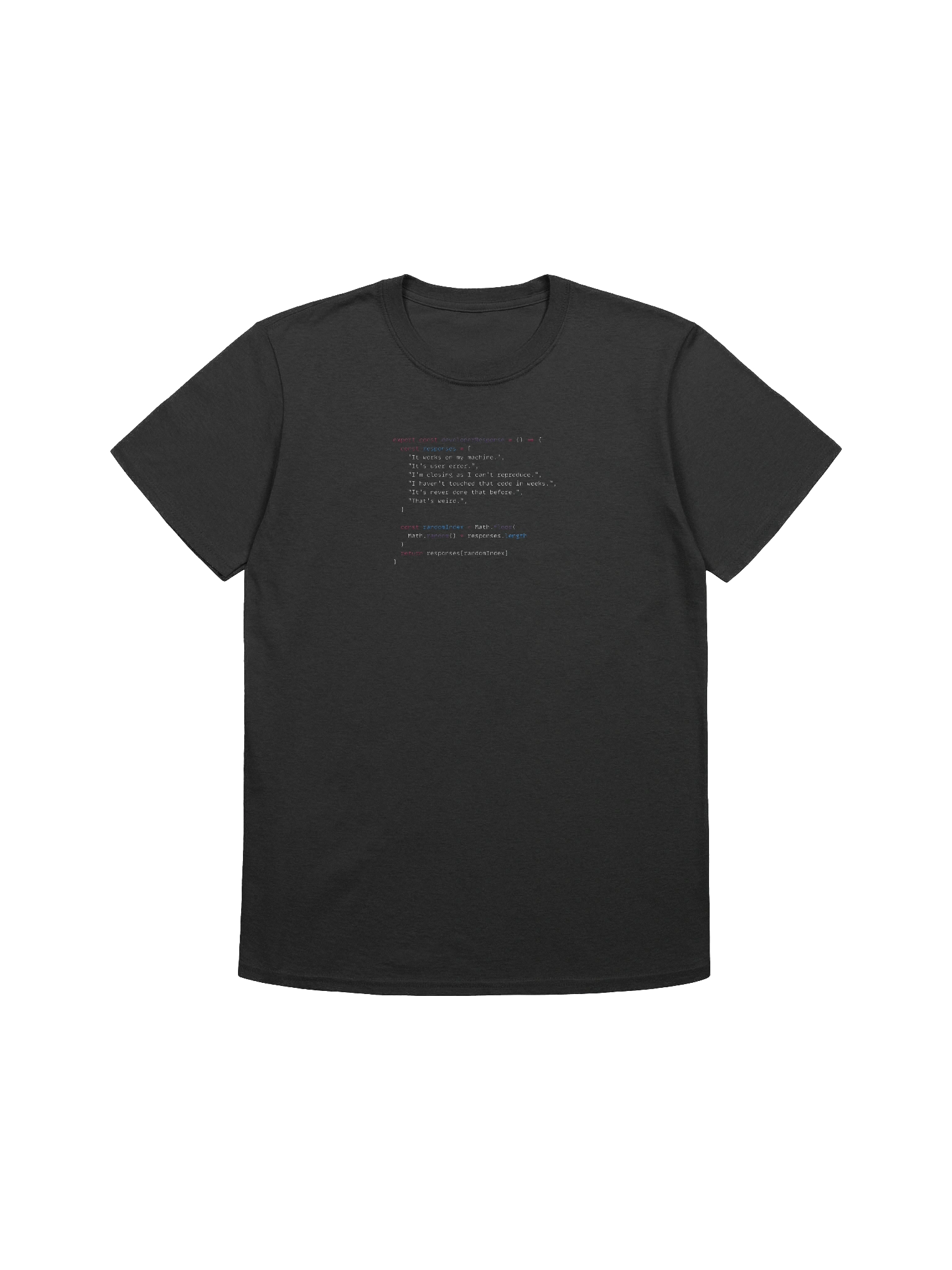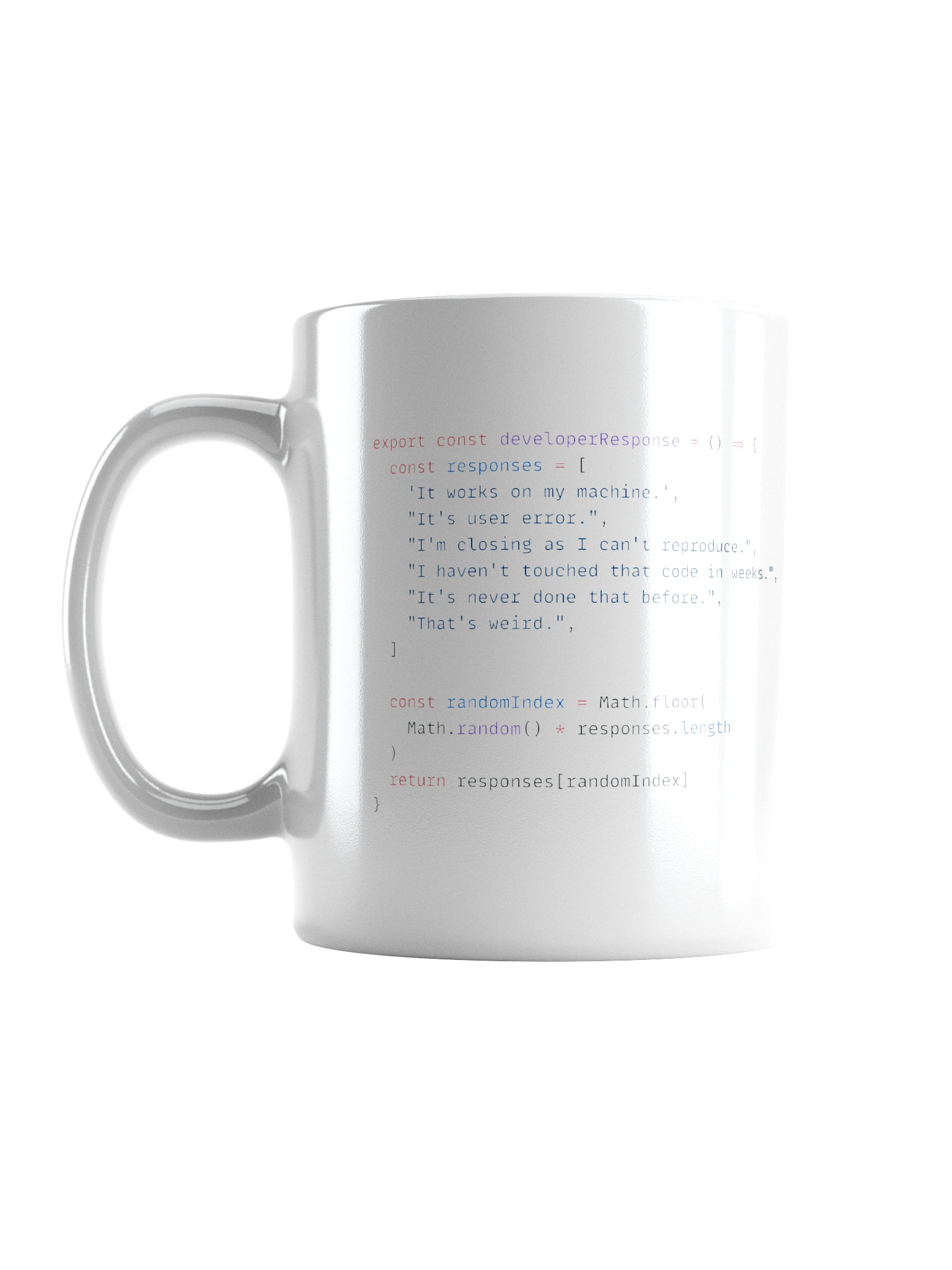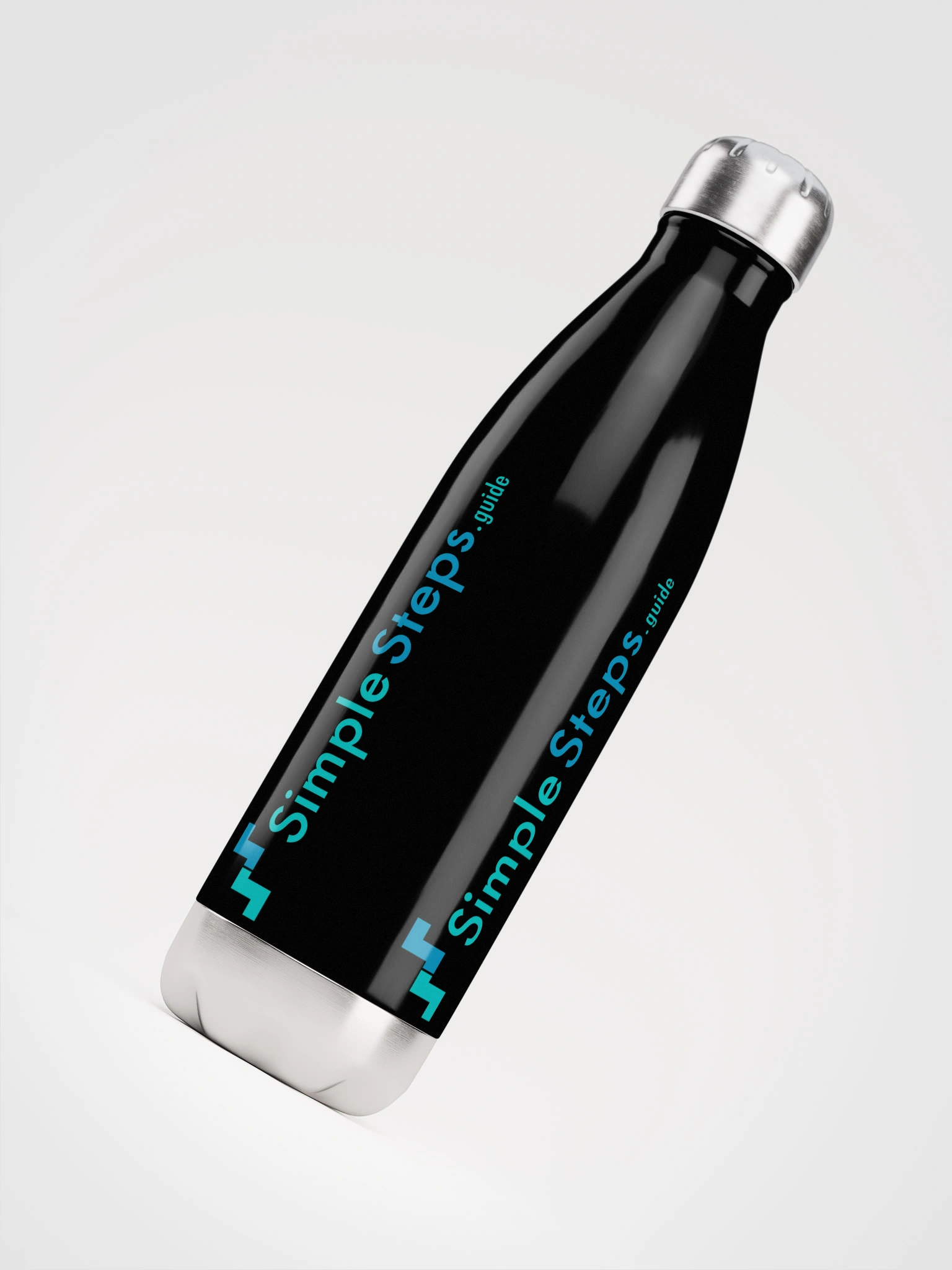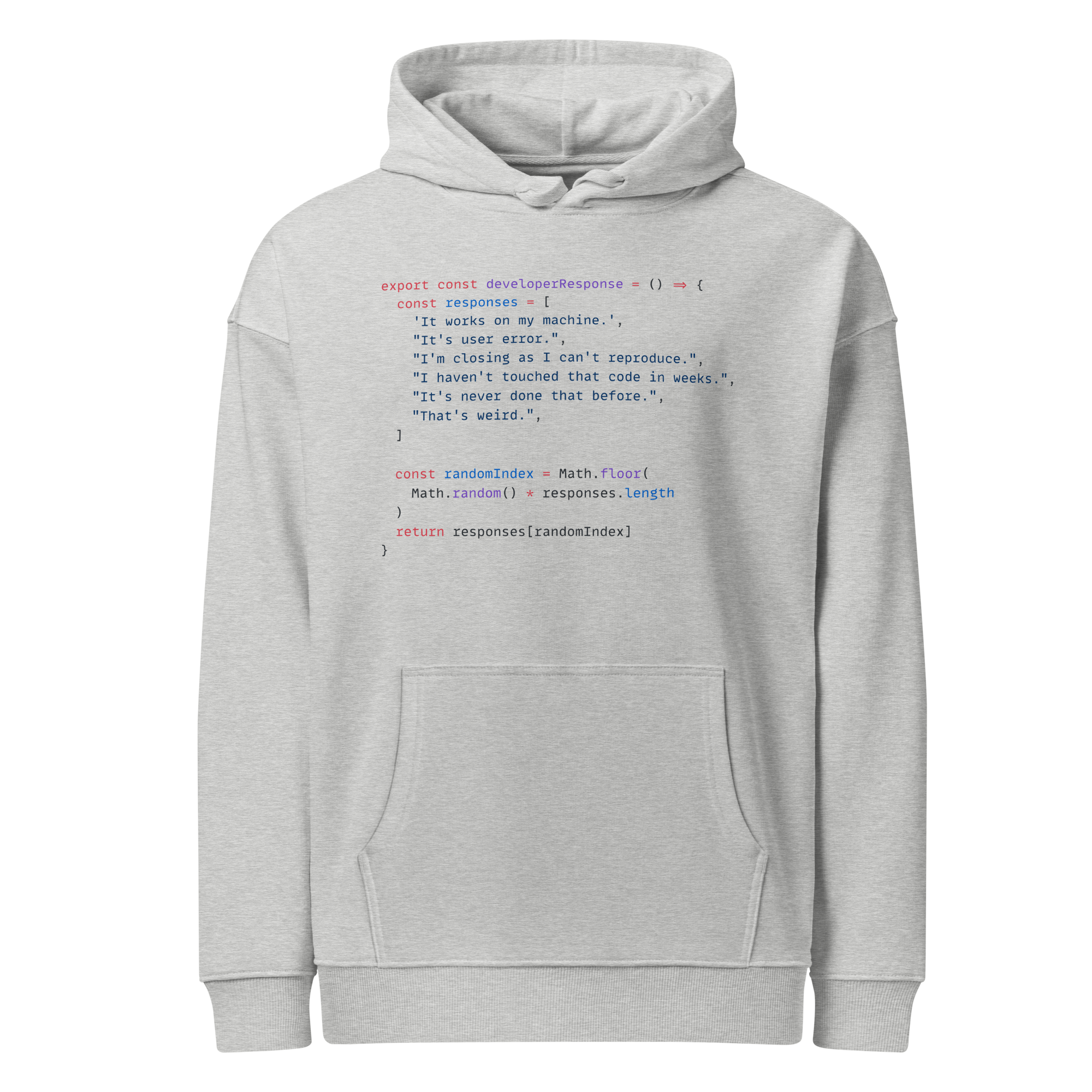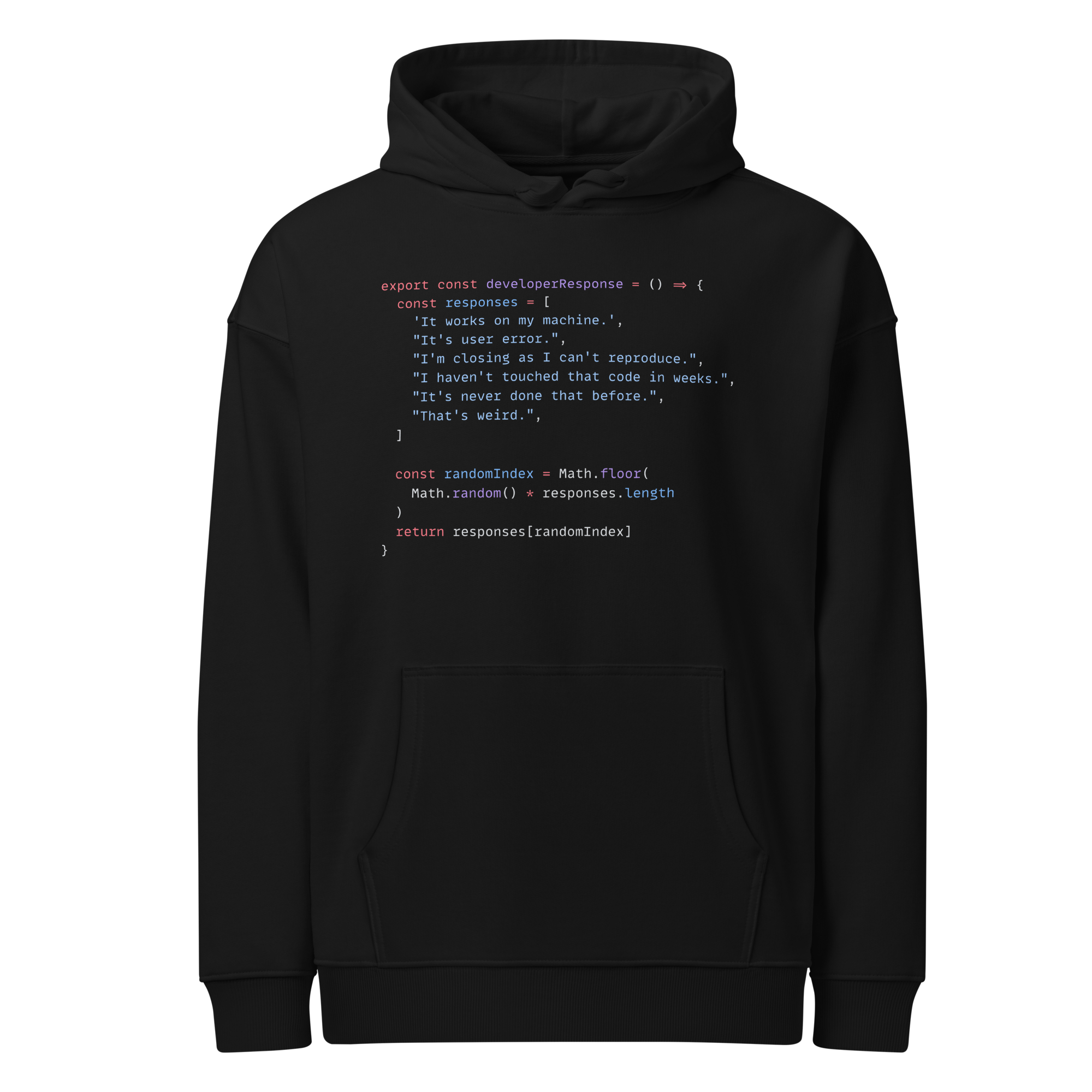gRPC
API - Application Programming Interface
2 min read
This section is 2 min read, full guide is 16 min read
Published Sep 24 2025
8
Show sections list
0
Log in to enable the "Like" button
0
Guide comments
0
Log in to enable the "Save" button
Respond to this guide
Guide Sections
Guide Comments
API
gRPC is a high-performance RPC framework developed by Google. It uses HTTP/2 for transport and Protocol Buffers (Protobuf) for compact, binary data serialisation.
Key Features
- RPC model → Call methods like local functions (
GetUser(id)). - HTTP/2-based → Supports multiplexing, compression, streaming.
- Strongly typed contracts → Defined with Protobuf
.protofiles. - Supports bi-directional streaming.
Advantages
- Very fast & efficient (binary messages).
- Cross-language support (many SDKs).
- Excellent for microservices.
- Streaming support → Real-time communication.
Disadvantages
- Requires tooling (Protobuf compilation).
- Less human-readable than JSON.
- Not always best for public APIs (steeper adoption curve).
- Browser support limited (needs gRPC-Web for JS apps).
Common Use Cases
- Microservices communication.
- High-performance backend systems.
- Real-time apps (chat, video, IoT).
- Internal APIs where speed matters.
Security
gRPC also doesn’t have built-in auth — it uses transport-level or metadata-based auth:
- TLS / mTLS → Mutual authentication using certificates.
- JWT or OAuth 2.0 tokens → Sent as metadata in each RPC call.
Example request
Before making requests, you define a service in a .proto file:
syntax = "proto3";
package user;
service UserService {
// Get user by ID
rpc GetUser (GetUserRequest) returns (GetUserResponse);
}
// Request message
message GetUserRequest {
int32 id = 1;
}
// Response message
message GetUserResponse {
int32 id = 1;
string name = 2;
string email = 3;
}
Explanation:
rpc GetUserdefines a remote procedure.GetUserRequestandGetUserResponsedefine the request and response messages.- The client calls
GetUserlike a local function. - gRPC handles serialisation, transport, and deserialisation automatically.
- The server will return a binary Protobuf message, which the client automatically decodes.
- Internally, this is transmitted in compact binary format over HTTP/2, not plain text.
- You don’t see raw JSON unless you use gRPC-Web or a debugging tool.
